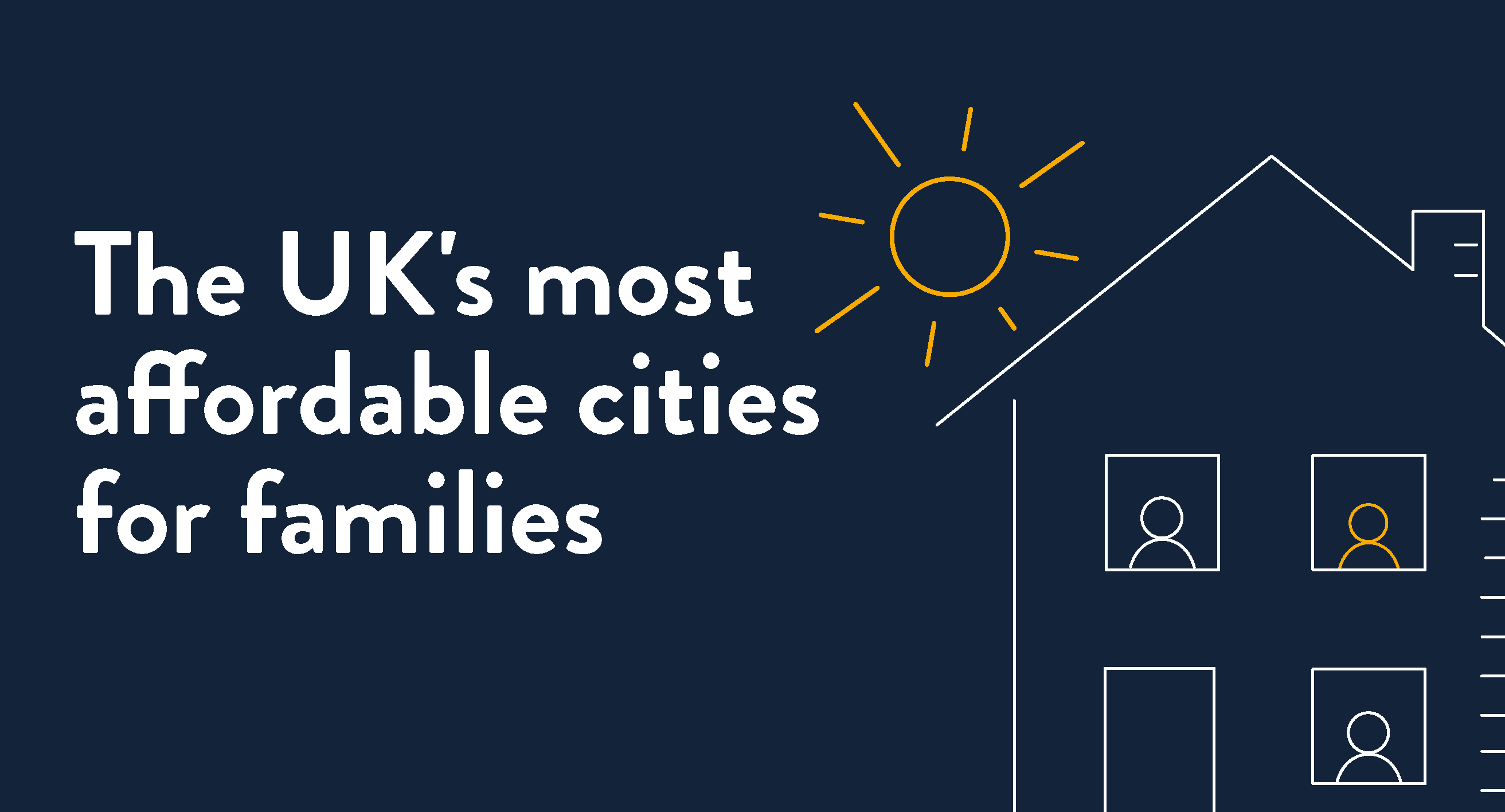
The new tax year started on 6th April and it represents a great time to get your finances in order for the next 12 months.
Keep reading for four ways that you can start the new tax year on the right foot.
Maximise your tax-efficient savings
Each tax year, every adult in the UK gets a fresh tax-free savings allowance. In the 2018/19 tax year, you can save up to £20,000 in an Individual Savings Account (ISA), either in a cash ISA, a Stocks and Shares ISA, or a combination of the two.
Making your ISA contributions at the start of the tax year rather than at the end can be beneficial. This is because you will enjoy the tax benefits for nearly a year longer.
If you don’t want to invest the maximum £20,000 at the start of the tax year, it can pay to start regular ISA savings early. Our Stocks and Shares ISA allows regular contributions, meaning you can start saving with just £30 per month.
If you start saving at the start of the tax year you can maximise the number of contributions that you make in the tax year, helping you to take advantage of the tax benefits.
If you have a child, then don’t forget that you can also invest for them in a Junior ISA. Our Junior ISA lets you invest up to the maximum limit (£4,260 in tax year 2018/19) or you can save from as little as £10 per month.
Manage your expenses better
If you own your own business, you may be missing out on expenses that they are entitled to. Some business owners simply lose their receipts meaning they can’t claim them when it comes to submitting their tax return.
Business Matters says: “There are very few micro-business owners who claim every single expense that they should – and we’ve found that many of them won’t claim an expense if it’s worth less than £10, because they think it’s too much bother to do so.
“But if you project those unclaimed expenses across the UK’s five million micro-businesses, they potentially equate to hundreds of millions of pounds.”
Use the start of the new tax year to organise your business administration. Implement a system for logging all your expenses, as well as a way or recording them as soon as you spend money. By recording your expenses correctly, you will only have to pay the tax that you actually owe.
Make sure your tax code is correct
If you’re a PAYE employee, your tax code tells HMRC how much tax you should be paying. It is partly based on your tax-free personal allowance and, because your allowance usually changes every year, so does your tax code.
If you’re on the wrong tax code, you could easily be paying hundreds of pounds a year more than you should. It can also mean that you don’t pay enough tax, potentially leaving you with a hefty tax bill when HMRC finally catches up with you.
You will find your tax code on your P45, the PAYE Coding Notice sent by HMRC or on your payslip. At the start of the tax year, check that your tax code is correct. The government tax codes website can help you to ensure that you’re on the right tax code.
If you think your tax code is wrong, contact your tax office to correct the information. Your tax office contact details should be in your tax code letter.
Sort out your pension contributions
Paying into a pension remains one of the most tax-efficient investments that you can make. Not only does your pension grow in a tax-efficient way, but your pension contributions can be used to reduce the amount of income tax that you pay.
The annual pension allowance is based on your earnings for the year and is capped at £40,000. If your pension savings exceed this amount you’ll have to pay a tax charge and give details of this on a Self-Assessment tax return.
However, you can carry forward any of your pension allowance that you have not used from the previous three tax years provided you were a member of a registered pension scheme. You can find more information about carrying your pension allowance forward here.
As with an ISA, making your contributions at the start of a tax year can help you to benefit from additional tax-efficient growth. Making lump sum contributions to your pension in April means that your money has an additional year of beneficial growth than if you made your contribution just before the end of the tax year.
It is important to plan ahead for the new tax year so that you can make the most of the financial products that are available to you, to get your finances in order and make your money go further.


